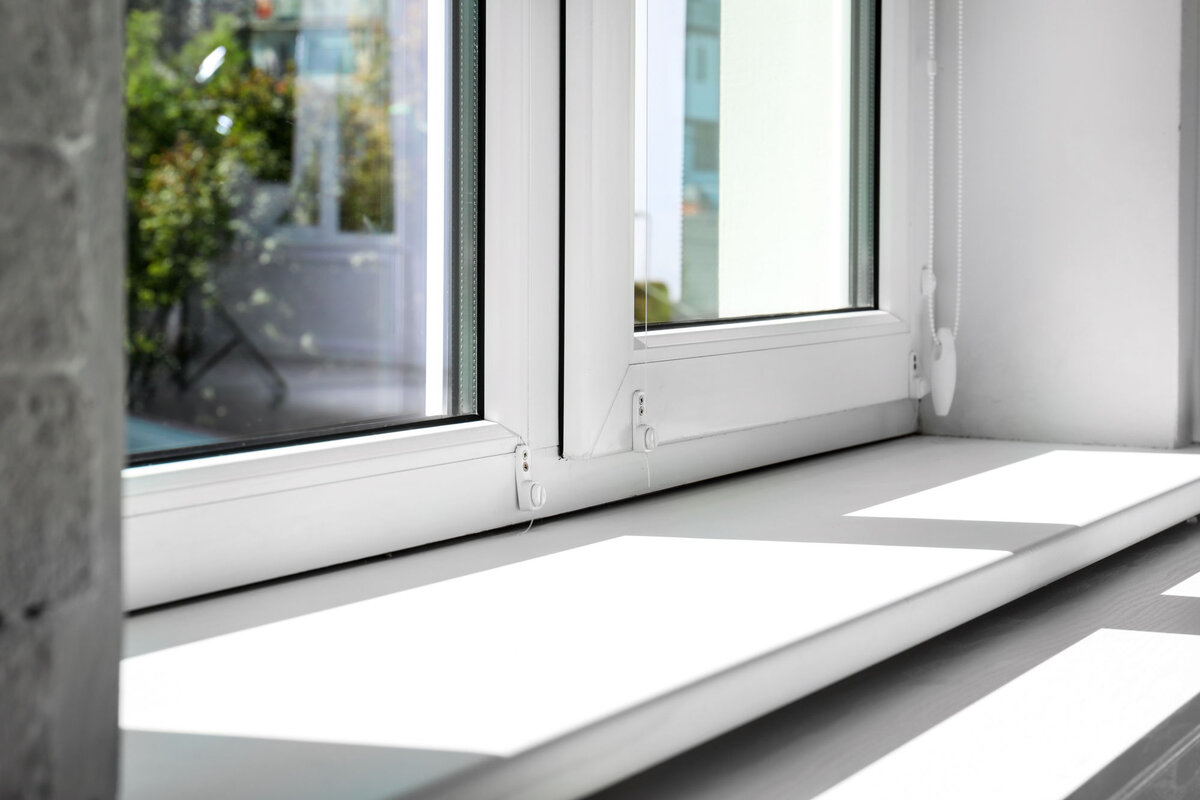Window wood rot is a common issue that can significantly impact the integrity and appearance of your home. It’s vital to identify and address this problem promptly to maintain the structure and value of your property. In this article, we’ll explore the signs of window wood rot and provide practical advice on how to repair it.
Understanding Window Wood Rot
What Causes Wood Rot Around Windows?
Wood rot in windows is primarily caused by moisture. When wood is consistently exposed to water, it becomes a breeding ground for fungi, which leads to decay. Poorly sealed windows, leaky gutters, and high humidity can all contribute to this issue.
Recognizing the Signs of Window Wood Rot
Identifying wood rot early can save you time and money. Look for signs such as soft or crumbly wood, discoloration, and a musty smell. Peeling paint and difficulty opening or closing windows can also indicate underlying rot.
How to Repair Window Wood Rot
Assessing the Damage
Before you start repairs, assess the extent of the rot. If the damage is superficial, you can likely handle it yourself. However, extensive rot may require professional intervention.
DIY Repair Steps
For minor rot, follow these steps:
- Remove Rotted Wood: Carefully scrape away the rotted wood using a putty knife or chisel.
- Apply a Wood Hardener: This stabilizes the affected area and prepares it for filler.
- Fill the Void: Use a high-quality wood filler to fill in the gaps. Make sure it’s suitable for exterior use if your window is exposed to the elements.
- Sand and Finish: Once the filler dries, sand the area smooth and apply paint or varnish to match the existing window frame.
When to Call a Professional
If the rot has compromised the structural integrity of the window, it’s best to call a professional. They can assess whether the window needs to be repaired or replaced.
Preventing Future Wood Rot in Windows
Routine Maintenance
Regular maintenance is key to preventing wood rot. Inspect your windows periodically, especially after heavy rains or storms. Look for cracks, peeling paint, or signs of moisture.
Proper Sealing and Caulking
Ensure that your windows are properly sealed and caulked. This helps to keep moisture out and should be part of your regular maintenance routine.
Improving Ventilation
Good ventilation helps reduce humidity levels, which in turn prevents wood rot. Consider using dehumidifiers in high-moisture areas and ensure that your home is adequately ventilated.
Other Considerations
Impact on Home Value and Safety
Neglected window wood rot can affect your home’s value and safety. It can lead to more significant structural issues and potentially costly repairs.
Choosing Rot-Resistant Materials
When replacing windows or making repairs, consider using rot-resistant materials like vinyl, aluminum, or treated wood. These materials can offer better longevity and require less maintenance.
Conclusion: Tackling Window Wood Rot Effectively
Identifying and repairing window wood rot is crucial for maintaining the health and appearance of your home. By staying vigilant for signs of rot, performing regular maintenance, and addressing issues promptly, you can protect your windows and your home.
If you have concerns about window wood rot, please feel free to contact us. Our team of experts is here to help you address wood rot issues.








